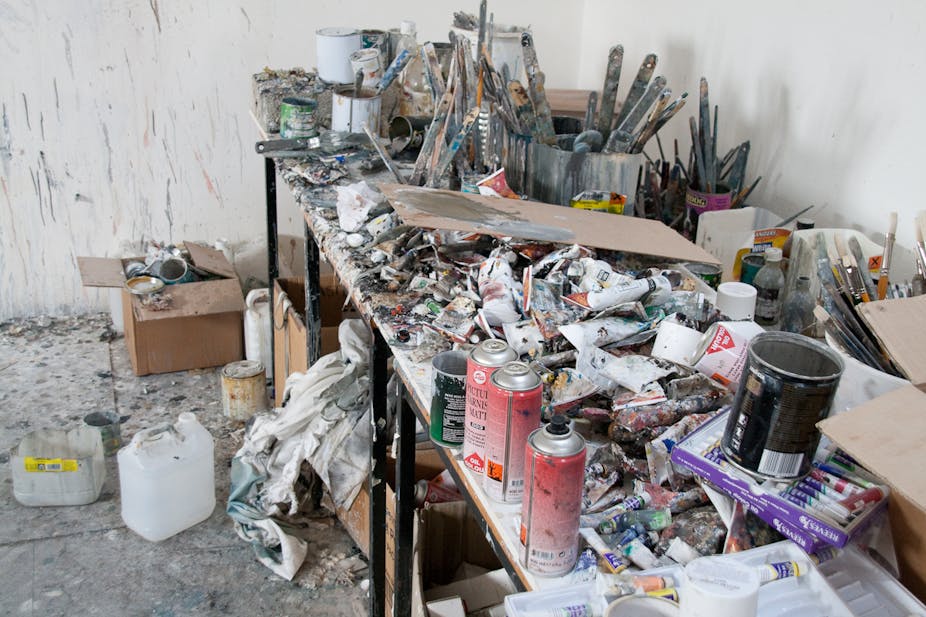We have very few details of substance regarding the Coalition’s recent move to take A$104.7 million from the Australia Council’s budget and to set up the National Program for Excellence in the Arts.
What we do know is that the 28 major arts organizations are safe – but that independent artists and the small to medium sector will have to withstand massive changes.
Last week the Australia Council announced that its June funding round would not proceed and that its six year funding program for organisations had been suspended. The ArtStart, Creative Communities Partnerships Initiative and Artists in Residence programs have also been cut.
Australia’s arts community is in a state of dismay. On Friday and over the weekend arts workers and their supporters conducted protests against the cuts and drew attention to the likely impact these changes will have on the cultural life of the country.
Under the new National Program for Excellence in the Arts (NPEA) the Arts Minister, Senator George Brandis, will have the final say on what ventures are supported. As speculation proliferates across the sector about what it all means for the future, it is worth scrutinising a couple of key clues.
In an interview with Michael Cathcart’s on RN’s Books and Arts Daily back in March, Brandis was asked for his views on arts policy in Australia, specifically with regard to the question of how a neoliberal government committed to cutbacks and downsizing can justify funding the arts at all. The Senator’s response reveals the important albeit specific role the arts have within the Abbott government’s vision for Australia.
“The arts are about a nation’s identity”, he said. “They are part of a nation’s branding in the world”. According to Brandis the kind of policy and, in turn, art production that contributes best to Australia’s brand identity is “expansive, embracing, is not narrow or parochial”.
The example he gave of anti-parochial art is Bell Shakespeare. He cites the work of John Bell because his productions show that “Australians can do Shakespeare just as well as Englishmen can, because we, like every civilized nation, partake of the great canon.” With due respect to the work of Bell, his productions will not be everyone’s go-to example of “anti-parochial” art. But, as we learned with the debate around Section 18C of the Racial Discrimination Act, playing semantic games with Brandis is incredibly frustrating.
To be clear, Brandis is not against telling Australian stories – but just not at the expense of the canon.
So what of the argument that Australia’s own stories have the capacity to represent a more “expansive and embracing” vision of Australia than our reworkings of the canon?
Focusing on such “nationalist” art can render us, according to Brandis, unable to compete on the world’s stage:
Australia is the twelfth largest economy in the world. We are a not insignificant player… in commerce, in geopolitics and we must be in culture as well.
By this logic, Australian versions of canonical works and classical symphonies are products to be sold on an open and competitive international marketplace. The quality of the production is presumably an index of the strength of the economy. This is the first clue about the kind of role the NPEA will play in the proposed new model of arts funding in Australia.
The second clue relates to another policy that says a lot about the government’s vision for Australia: Operation Sovereign Borders.
Almost exactly 12 months before his interview on RN, Brandis wrote to the Australia Council calling for new policy enabling the body to end contracts with artists who refuse funding from private benefactors on political grounds. This letter was the Senator’s push back against the nine artists who boycotted the 2014 Biennale of Sydney due to the principle sponsor’s involvement in the Government’s offshore mandatory detention centres:
Artists like everybody else are entitled to voice their political opinions but I view with deep concern the effective blackballing of a benefactor … merely because of its commercial arrangements.
There is nothing “mere” about a benefactor’s commercial arrangements, especially if they are profiteering from the illegal incarceration of some of the world’s poorest and most marginalised human beings.
The message from Brandis to the Australia Council was clear: the government will provide paternalistic patronage so long as artists remain unconditionally grateful for the funds they receive.
In sum, NPEA is likely a strategy to create an arts sector best designed to help grow the Australian economy and best insulated from the whims of individual artists. Which is to say, it is an attempt to tame a potentially rogue sector into making political statement only when they are not actually economically risky. This explains the targeting of the small to medium organisations and independents.
No doubt some of the outrage directed towards the government from the affected artists and companies is that they have spent the last decade or so forcibly assimilating to a managerial model of arts funding anyway. But when last year it became clear that even mandatory KPIs could not insure against dissent, an outraged Brandis promised more reform.
The main danger here is that some artists may, with the understandable desire to be pragmatic and secure funding, dumb down their politics, pull in their heads and make sure they do not offend the wrong people.
But really what we need right now is independent artists and small companies working more fearlessly than ever, in order to actively and powerfully refuse the wholesale trashing of Australian cultural life in the name of economic prosperity.

